Follow wechat
Become a fan
Stay up to date
主页 > News > Company news
Dyeing and finishing
Dyeing and finishing refers to the process of chemical treatment of textile materials (fibers, yarns and fabrics), which is also commonly known as printing and dyeing in modern times. Dyeing and finishing together with spinning, weaving or knitting production form the whole process of textile production.
Dyeing and finishing includes pretreatment, dyeing, printing and finishing. Printing is a partial dyeing, its principle is the same as the basic principle of dyeing, and the dye is the same.

Raw material twist
Vol.01
What does raw material twisting mean? What is the purpose of raw material twisting?
Twisting is a process of winding raw silk into a thread. For example, a thread consists of 24 threads. The 24 threads must be intertwined to make the thread stronger and more delicate. The tighter the thread is wound, the higher the twist. The woven fabric is relatively tight, with good drape and good fastness.
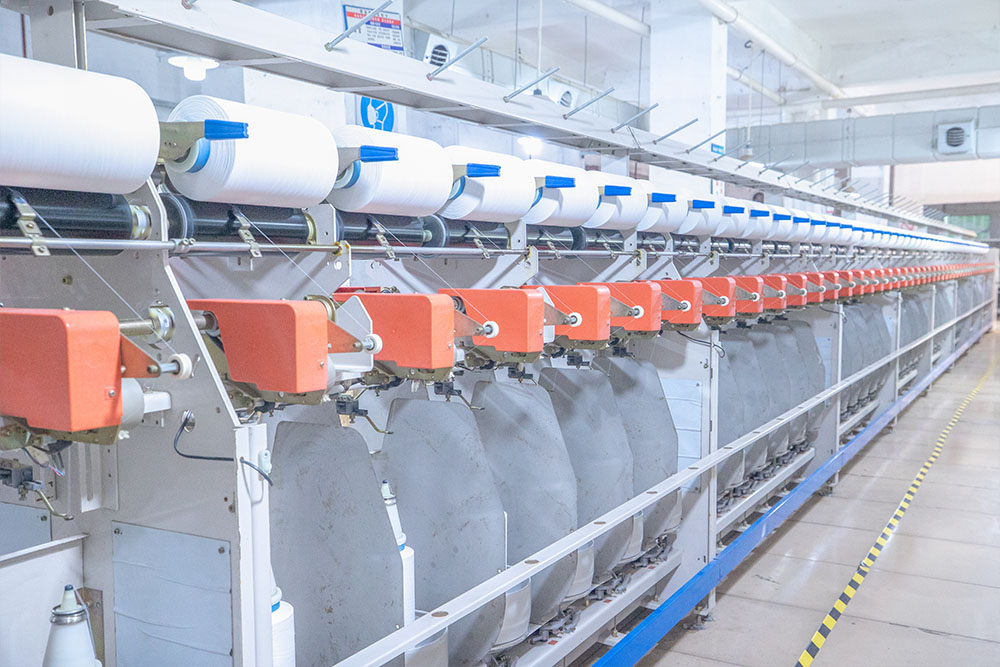
dyeing
Vol.02
Dyeing refers to the process in which dyes are dyed from the dye solution to the fibers and form a uniform, firm and bright color on the fibers. The chemical composition of various fibers is different, and the applicable dyes are also different. Commonly used dyeing methods are high temperature method, carrier method and hot melt method.
Identification: If there are two fibers of different colors and materials on the fabric, it is likely to be dyed.
If there are multiple fibers in a piece of fabric, the dyes and temperatures required for these fibers to color are different, which can be completed by one-time dyeing.
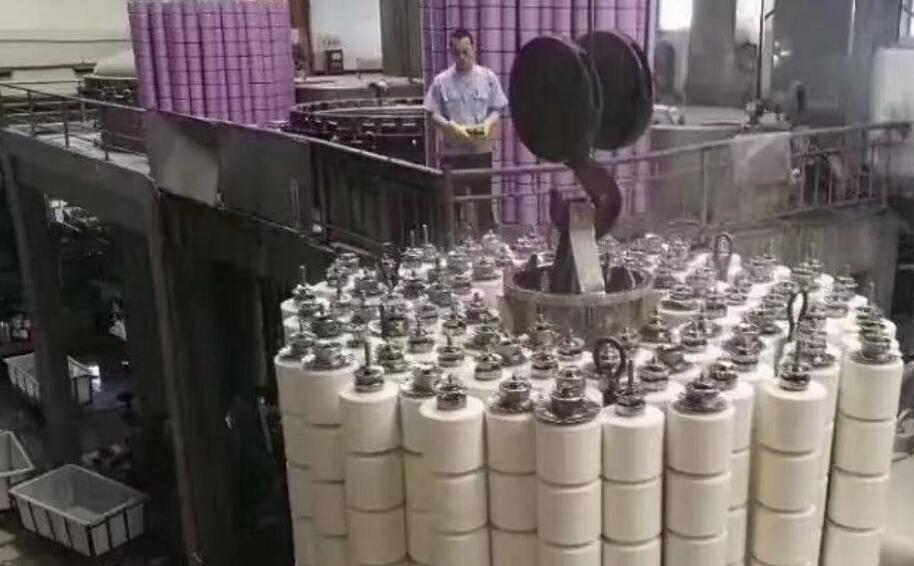
Winding
Vol.03
The dyed yarn is wound into different shapes such as conical tubes or flat tubes by the winder according to customer requirements.

The corresponding relationship between dyestuff and fiber dyeing:
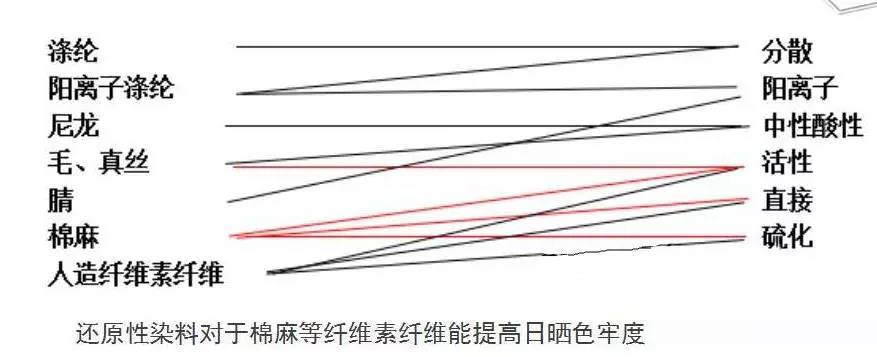
toning
To achieve a specific shade, two or more dyes are patch-dyed. The dyes in the dyeing factory are generally black, white, red, yellow and blue.
color matching
Color-blocking To achieve a specific shade, two or more dyes are block-dyed. Magenta, yellow, and cyan are the three primary colors of dyes.

All other colors are made up of these colors.

computer color matching
With the development of colorimetry, color measuring instruments and computers, computer color matching can be realized.
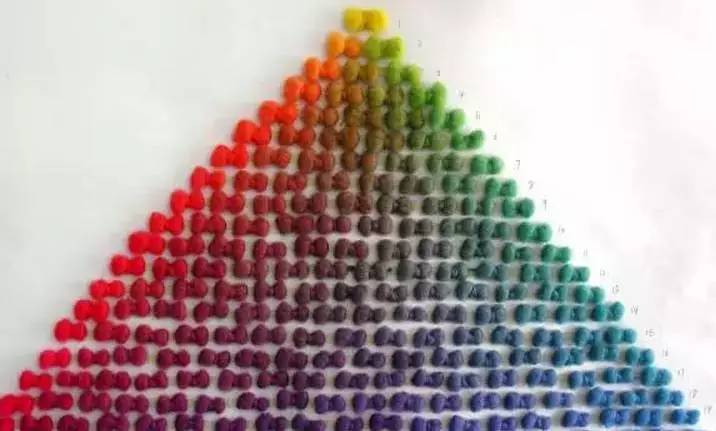
Color determination
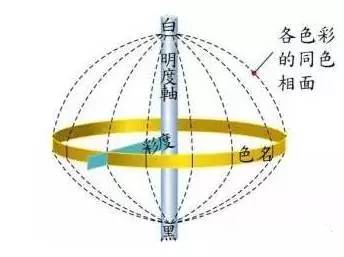
For any piece of fabric, the color on the fabric consists of three parts: hue, saturation and lightness.
Hue

Hue, also known as color, is the basic characteristic of color and reflects the basic appearance of color.
saturation
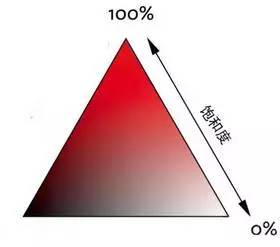
Saturation, also called purity, refers to the purity of the color.
lightness

The lightness and darkness of the color.
If different fibers and different tissue structures are dyed the same color, they will show completely different effects. For example, a piece of cotton poplin and a piece of polyester satin will look more glossy and the color will be more saturated when the hue, saturation and lightness are the same. The reason is that cotton has more diffuse reflections.
Advantages and disadvantages of different dyes
Direct dyes: This type of dye is named because it can be directly dyed on various fibers such as cotton, linen, silk, and wool without relying on other agents.
[Advantages: The dyeing method is simple, the chromatography is complete, and the cost is low]
[Disadvantages: poor washing and light fastness]
Reactive dyes: Also known as reactive dyes, this type of dye is a new type of dye developed in the 1950s. Its molecular structure contains one or more active genes, and under appropriate conditions, it can chemically react with fibers to form covalent bonds. It can be used for dyeing cotton, linen, silk, wool and other textiles.
[Advantages: good washing fastness]
[Disadvantages: poor wet fastness, poor sweat light fastness]
Sulfur dyes: dyes to be dissolved in sulfide alkali, mainly used for dyeing cellulose fibers, and can also be used for cotton fiber blended fabrics.
[Advantages: good washing fastness, good light fastness]
[Disadvantages: poor wet friction, low dyeing rate, large cylinder difference]
Disperse dyes: a class of non-ionic dyes with low water solubility. It was first used for the dyeing of acetate fibers, called acetate dyes. With the development of synthetic fibers, nylon and polyester have appeared one after another, especially polyester. Due to the characteristics of high alignment, less fiber voids, and strong hydrophobicity, the fibers must be bulked with a carrier or under high temperature and hot melt before dyes can enter. Fiber and dyed.
[Advantages: short dyeing time, stable color and light, full color spectrum]
[Disadvantages: The ester group contained in the disperse dye structure is easy to hydrolyze the dye under alkaline conditions, resulting in color change and dye loss of dyeing products]
Cationic dyes: also known as basic dyes and salt-based dyes. Dissolved in water, it is in a cationic state, and cationic dyes are soluble in water and ionized in an aqueous solution to generate dyes with positively charged colored ions. The cation of the dye can combine with the acid group of the third monomer in the fabric to dye the fiber. It is a special dye for acrylic fiber dyeing. It has the advantages of high strength, bright color and good light fastness.
[Advantages: high strength, bright color, good light fastness (when cationic dyeing modified polyester, light fastness is worse than disperse dyes), good color fastness]
[Disadvantage: not deep dyeing]
Vat dyes: dyes with excellent properties among dyestuffs. Vat dyes, formerly known as vat dyes, are insoluble in water and are dyed by reducing treatment with sodium hydrosulfite (hydrosulfite) in an alkaline solution to dye fibers. According to its main chemical structure, it can be divided into two categories: indigo and anthraquinone.
[Advantages: full color spectrum, bright color, high soaping and sun fastness]
[Disadvantages: The price is more expensive, some yellow, orange and other colors have photosensitive brittleness, not suitable for extra dark colors]